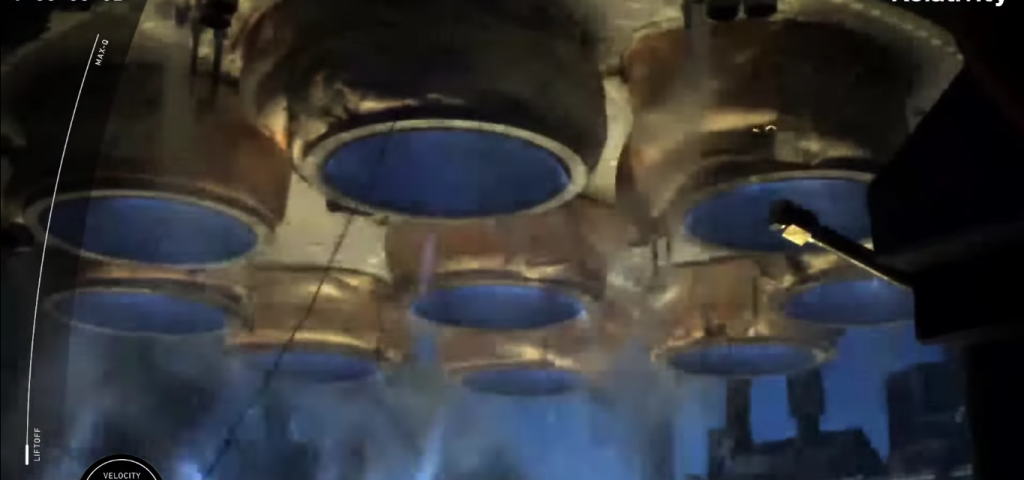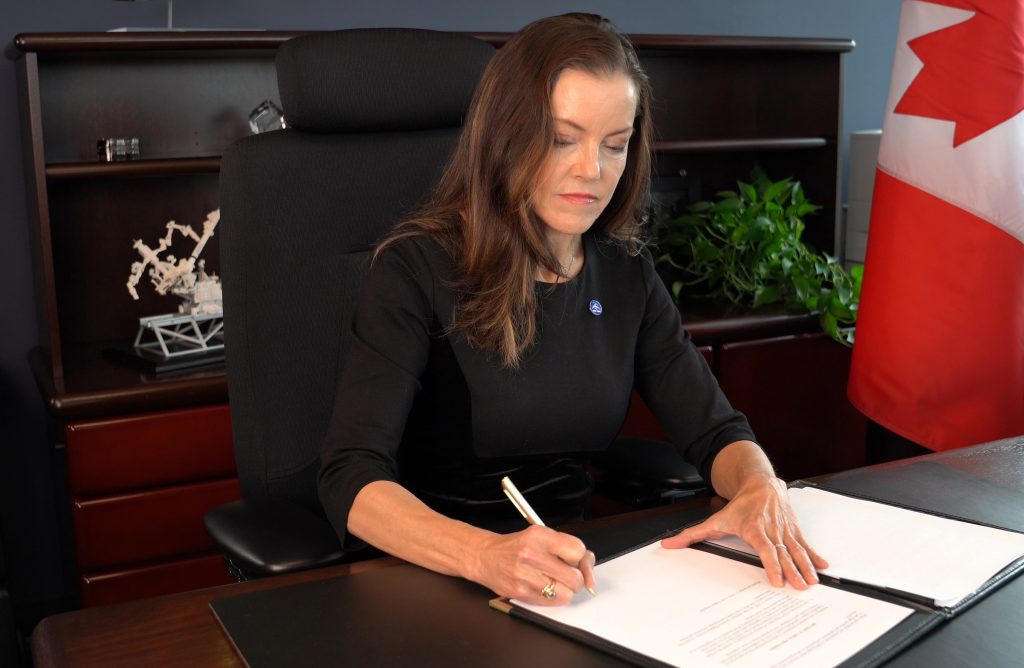Welcome back to Spaceflight Insight: your weekly dose of digestible space news.
Our first story comes from the US Space Force. Missile row is a part of the Cape Canaveral Air Force Station known for its row of launch pads that were used for missile testing during the cold war.
In modern day most of these launch pads have been deconstructed with only their original concrete foundations remaining.

Although these pads are barren, the infrastructure around them is valuable. That is why on Mar. 7th the Space Force leased 3 of these old launch pads to 4 new aerospace startups.
Most of these companies have goals of launching small satellite launch vehicles. The companies (ABL Systems, Stoke Space, Phantom Space and Vaya Space) Will use these decommissioned launch pads and their fuel infrastructure to launch new and exciting concepts in the world of space.
The next story comes from another one of these startups: Relativity Space. On Mar. 8th and Mar. 11th the new startup attempted to launch their Terran 1 small satellite launcher.

Due to an undisclosed issue Relativity was unable to launch on both of these days with the launch director signing off by saying “Thanks for playing”. The GLHF (good luck, have fun) mission is the first launch for the Terran 1 rocket.
Relativity hopes that Terran 1 will be able to stand out in the oversaturated small satellite launch market because of its revolutionary manufacturing method. Terran is the first ever 3D printed rocket.
Using a robotic arm and a proprietary aluminum printhead they are able to produce new rocket stages for a cheaper cost than other manufacturing methods while being faster. This means that the cost per launch of the rocket will be lower than the competition.
While this first rocket is not reusable, Relativity has plans of creating a 3D printed fully reusable rocket in the future.
Some uplifting news comes from NASA where the new 2024 proposed budgetary report has been published.
In total NASA would receive 27.2 billion dollars of taxpayer funding. While this may seem like a lot of money, compared to other budgets such as the 1.7 trillion dollar military budget the NASA funding is very small.

NASA gained 500 million more for the Artemis program to return humans to the moon. They gained 949 million for a Mars soil return mission that will return the first samples of the red planet to Earth. They are also now receiving 2.5 billion for Earth sciences.
While these increased budgets are positive, one increase warns about the future of the ISS. In the proposed budget, 180 million has been allocated to create a space tug designed to deorbit the International Space Station.
In current plans the space laboratory is to be decommissioned in 2030. Many space fans have pleaded to have the space station pushed to a higher orbit to preserve it, but to protect the space environment from uncontrolled debris, the decision has been made to deorbit the space station when it reaches the end of its life.
While the eventual fate of the ISS is saddening to see become reality, the budgetary increases for NASA as a whole is a net positive for the agency.
Our final story is a history making decision relating to the Artemis Program. In a tweet, NASA Administrator Bill Nelson announced that the crew of the Artemis II mission will be revealed on April 3rd.
The Artemis II mission will be a test flight that will orbit the moon to scout for landing locations for Artemis III. The Artemis II mission will be the first time that crew will fly in the Orion capsule.
The history making information revealed in the tweet related to who is on the crew. In the tweet Bill Nelson states that the crew will consist of 3 NASA astronauts, and a Canadian Astronaut. This will be the first time a non-American astronaut will leave Low Earth Orbit.

This is because of the Artemis Accords, a treaty that states countries who contribute technology to the Artemis program gain seats on future Artemis missions to send crews to the Moon.
With NASA’s Artemis Accords we may see many more countries send their first astronauts to the Moon in the near future.
I hope to make these digestible bits of spaceflight news better, so If you have any aerospace questions or some feedback, don’t hesitate to let me know. Contact me at codyeutsler@gmail.com.
As always, fly safe.




